This article was co-authored by Laura Marusinec, MD. Dr. Marusinec is a board certified Pediatrician at the Children's Hospital of Wisconsin, where she is on the Clinical Practice Council. She received her M.D. from the Medical College of Wisconsin School of Medicine in 1995 and completed her residency at the Medical College of Wisconsin in Pediatrics in 1998. She is a member of the American Medical Writers Association and the Society for Pediatric Urgent Care.
There are 12 references cited in this article, which can be found at the bottom of the page.
wikiHow marks an article as reader-approved once it receives enough positive feedback. This article received 20 testimonials and 95% of readers who voted found it helpful, earning it our reader-approved status.
This article has been viewed 514,931 times.
Chickenpox is a common infection that is not serious in most healthy children and adults (though it has become much less common thanks to vaccination), but it can cause problems in people with certain diseases or immune deficiencies. The infection causes small lesions on the skin that turn into itchy and sometimes painful blisters and crusts, as well as fever and headache. Follow a few simple steps to treat chickenpox and limit discomfort.
Steps
Helping Children and Healthy Adults
-
1Take an over the counter medication. When you or your child has chickenpox, it will likely be accompanied by a fever. To combat fever and reduce any pain, use over the counter fever reducers such as paracetamol or acetaminophen. Read all packaging information before taking any medication. If you are not sure if the medication is safe to take, do not give or take it before talking to a medical professional.
- Do not give aspirin or aspirin-containing medication to treat fever or other symptoms of the chickenpox. Taking aspirin while you have the chickenpox can cause Reye's syndrome, which affects the liver and brain and can be fatal.[1]
- Talk to your doctor about ibuprofen use. In rare instances, it can cause adverse skin reactions and secondary infections.[2]
-
2Try over the counter antihistamines. The major symptom of chickenpox is intense itching at the site of the pox. There may be times when the itching is unbearable or causes too much discomfort. When this happens, take over the counter antihistamines such as Benadryl, Zyrtec, or Claritin to help relieve the itching. Talk to your doctor about dosing of these medications for children; they may be especially helpful at night when you want to sleep.
- If you find that you or your child are in severe pain or discomfort, see a medical professional. The doctor might be able to provide a prescription strength antihistamine.[3]
Advertisement -
3Stay hydrated. It is important to stay hydrated while you have the chickenpox. There is a possibility of dehydration while you have the chickenpox. Drink plenty of water throughout the day. Also drink other hydrating liquids, such as sports drinks.
- Popsicles are a great way to help children stay hydrated if they don't want to drink enough water.[4]
-
4Eat soft, gentle foods. Sores may develop on the inside of the mouth when you or your child get the chickenpox. These can be very irritating and cause you pain, especially if you eat the wrong foods. Try soft, gentle foods such as warm soup, oatmeal, pudding, or ice cream. If there are especially painful sores inside the mouth, avoid eating foods that are salty, spicy, acidic, or too hot.
- You or your child can occasionally suck ice cubes, popsicles, or suckers to ease the pain of sores inside the mouth.[5]
-
5Stay home. If you or your child has chickenpox, stay at home or keep them at home as much as possible. Do not go to work or school or let your children who are infected go to school. You do not want to spread the virus to anyone else — chickenpox is easily spread through the air or contact with the rash. Plus, you do not want to make the symptoms worse through overexertion.
- Once the sores have scabbed over and dried up, the virus is no longer contagious. This generally takes five to seven days.[6]
Taking Care of the Pox
-
1Don't scratch. The most important thing to remember about chickenpox is that you or your child shouldn't scratch the pox. Scratching them will make them worse and cause even more irritation and possible infection. If they are scratched too much, the sores can develop into scars that might remain after the chickenpox has cleared up.
- This will be hard, but you have to try or make your child try.[7]
-
2Cut the fingernails. Although you should avoid scratching or letting your child scratch the sores in general, it is typically difficult to avoid all the time. Since you or your child will likely scratch yourself, keep the fingernails short and filed smooth. This will help prevent the nails from scratching the sores, which can open the skin, prolong the healing process, be more painful, and possibly cause infection.[8]
-
3Cover the hands. If you or your child is still scratching with short fingernails, consider covering the hands with gloves or socks. This will help to prevent injury. If you or he attempt to itch with covered hands, there will be minimal irritation and problems because the fingernails will be covered.
- Even if you or your child are good about not scratching during the day, cover the hands at night because it is possible to scratch the skin while asleep.[9]
-
4Dress appropriately. The skin will be sweaty and irritated during the chickenpox. To avoid skin irritation, don't wear tight-fitting clothing. Choose looser, cotton-based clothes that keep the body at a comfortable temperature and that will move softly against the skin. These are best to prevent discomfort.[10]
- Don't wear harsh fabrics such denim and wool.
-
5Stay cool. The skin will get aggravated and hot during the chickenpox, both from the fever and the sores. Stay away from locations that are too hot or humid because this will make you or your child hotter and make the skin itch even more. This means you or your child shouldn't go outside in hot or humid weather and you need to keep your house at a cool temperature.
- Also avoid activities that will increase body temperature and cause too much sweating.[11]
-
6Apply calamine lotion. Calamine lotion is a great remedy for itchy skin and can help heal the sores. Apply it as often as needed if the itchiness and pain are too uncomfortable to handle. The lotion will soothe the skin and provide an element of relief.
- You can also try other types of skin cooling gel to help with the pox. You can put hydrocortisone cream or ointment on bumps that are especially red, itchy, or inflamed for a few days
- Do not use lotion with Benadryl in it. Frequent reapplication can cause toxicity as too much of the medicine is absorbed into your bloodstream.[12]
-
7Take a cool bath. To help ease the itchiness of your or your child's skin, take a cool or lukewarm bath. Do not use soap that might irritate the sores. If your or your child's fever is bad, make sure the water does not cause discomfort and that it will not induce shivering.
- Add uncooked oatmeal grains, baking soda, or oatmeal bubble bath to the water to help soothe the sores and calm the irritation.
- After the bath, apply skin calming lotion or moisturizer before reapplying calamine lotion.[13]
- Apply cool compresses to extra itchy areas of the skin between baths.
Helping At Risk Individuals
-
1Visit your doctor if you are older than 12 years old or if your child is less than 6 months old. Chickenpox will generally run its course without medical help if the infected individual is under the age of 12. If you are older than 12, however, you need to see a doctor as soon as you notice the pox appear. Major complications can arise.
- Your doctor will likely prescribe you Acyclovir, which is an antiviral medication that helps shorten the duration of the virus. Try to see your doctor within the first 24 hours after the pox appear for this medicine to be the most effective. An 800 mg pill of it should be taken four times a day for five days, but the dose may be different for smaller or younger teenagers.[14]
- Antivirals may be particularly helpful for people with asthma or eczema, especially children.
-
2See a doctor if your symptoms worsen. There are certain situations where you need to see a doctor, no matter how old you are. If you have a fever for more than four days, have a fever over 102 degrees Fahrenheit, if you develop a serious rash that oozes pus or gets near or in your eyes, become confused, have a hard time waking up or walking, have a stiff neck, have a severe cough, vomit frequently, or have difficulty breathing, you need to see a doctor immediately.
- Your doctor will examine you and decide the best course of action. These symptoms may be from a severe form of chickenpox, a bacterial infection, or another virus.[15]
-
3Seek immediate medical attention if you are pregnant. You are at risk of secondary infections if you are pregnant and get the chickenpox. You also may pass it to your unborn child as well. The doctor may give you Acyclovir, but you also may be prescribed immunoglobulin treatment. This treatment is a solution of antibodies from healthy individuals that is injected to help people who are at high risk of getting a severe case of the chickenpox infection.
- These treatments can also help prevent the mother from spreading it to the unborn child, which can have serious effects on the baby.[16]
-
4Get checked out if you have immune issues. There are individuals need to get special treatment from the doctor if they get chickenpox. If you have an immune disease, are immunocompromised, have HIV or AIDS, or are being treated for cancer or with steroids or other immunosuppressive drugs, you should get checked out immediately. Your doctor may give you intravenous acyclovir, but immune disorders may cause you to be resistant to the medicine.
- If you are resistant, your doctor will give you foscarnet as a substitute, but the dosage and length of treatment will depend on your case.[17]
References
- ↑ http://www.cdc.gov/chickenpox/about/prevention-treatment.html
- ↑ https://pubmed.ncbi.nlm.nih.gov/16111447/
- ↑ http://www.emedicinehealth.com/chickenpox/page6_em.htm
- ↑ https://www.healthychildren.org/English/healthy-living/nutrition/Pages/Choose-Water-for-Healthy-Hydration.aspx
- ↑ http://www.nhs.uk/Conditions/Chickenpox/Pages/Treatment.aspx
- ↑ http://www.cyh.com/HealthTopics/HealthTopicDetailsKids.aspx?p=335&np=285&id=1531
- ↑ https://www.seattlechildrens.org/conditions/a-z/chickenpox/
- ↑ http://www.nhs.uk/Conditions/Chickenpox/Pages/Treatment.aspx
- ↑ http://www.nhs.uk/Conditions/Chickenpox/Pages/Treatment.aspx
- ↑ https://www2.hse.ie/conditions/chickenpox/
- ↑ http://kidshealth.org/kid/ill_injure/sick/chicken_pox.html
- ↑ http://www.emedicinehealth.com/chickenpox/page6_em.htm
- ↑ https://www.cdc.gov/chickenpox/about/prevention-treatment.html
- ↑ https://www.drugs.com/dosage/acyclovir.html
- ↑ http://www.cdc.gov/chickenpox/about/prevention-treatment.html
- ↑ http://www.nhs.uk/Conditions/Chickenpox/Pages/Treatment.aspx
- ↑ http://emedicine.medscape.com/article/1131785-treatment#d11
About This Article
To treat chicken pox, stay at home and rest for at least 5 days, which is how long the virus is contagious for. You can take an over the counter medication, such as paracetamol or acetaminophen, to combat fever that often accompanies the infection. It’s important not to scratch at the pox as this will irritate them further. Not scratching might be hard, but you can take antihistamines to relieve itching so it's easier. It might also help to cut your fingernails or wear gloves to minimise scratching. Additionally, wear loose, cotton-based clothes to reduce irritation of the skin and keep cool. For more tips from our Medical co-author, including how to alter your diet to relieve chicken pox, read on!
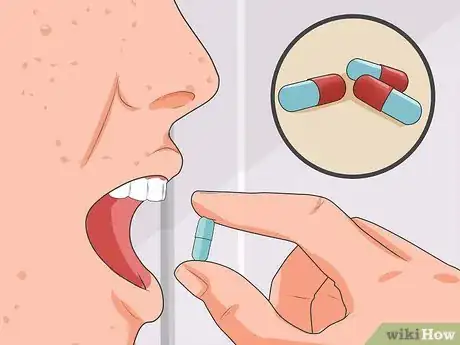

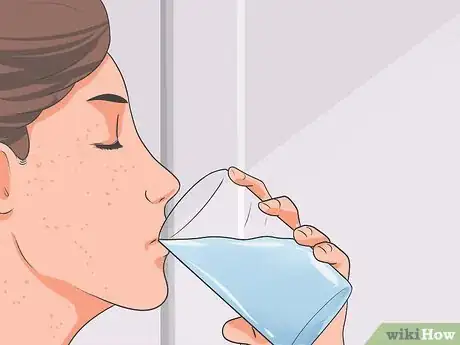

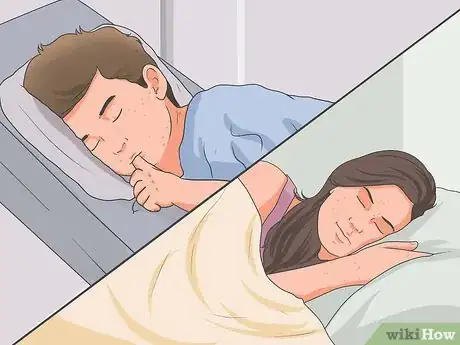
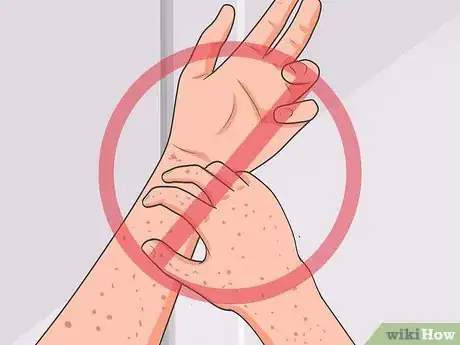
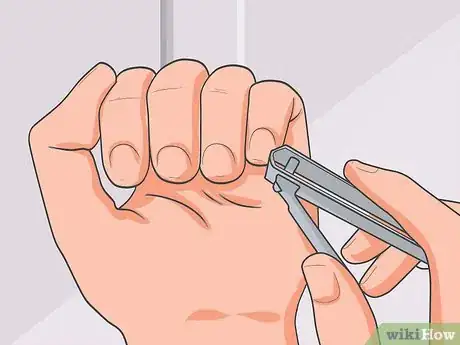
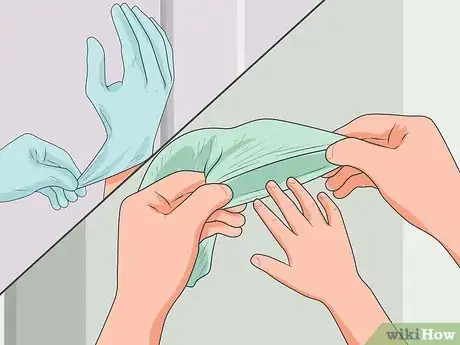
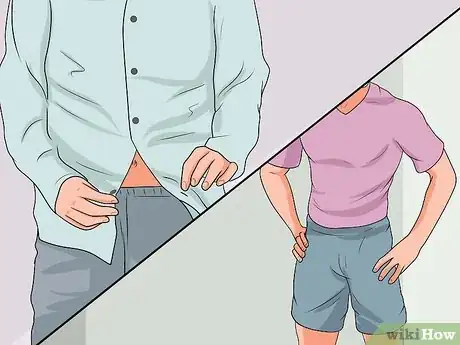
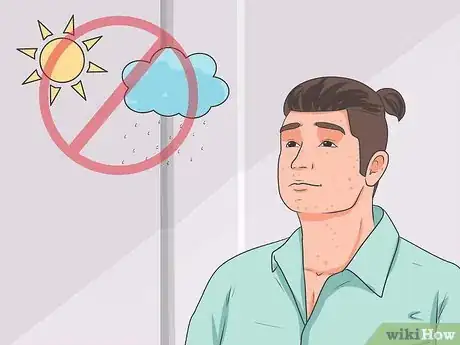


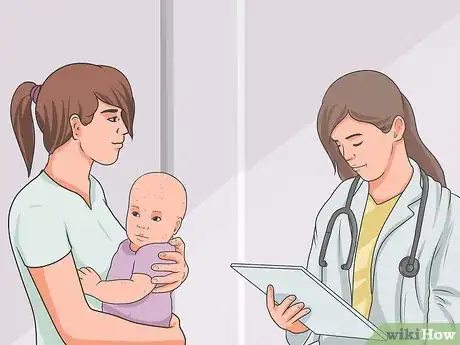
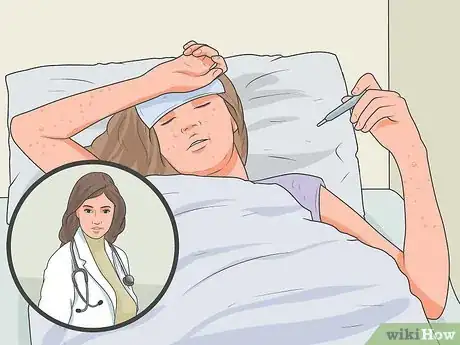
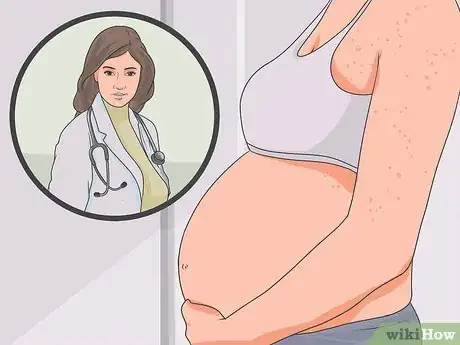
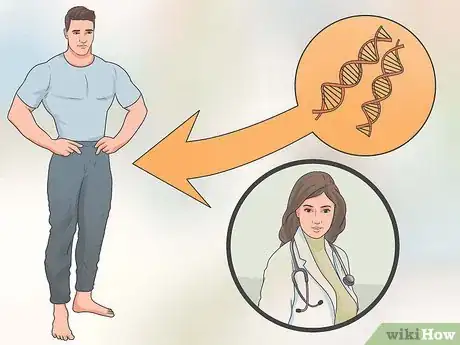

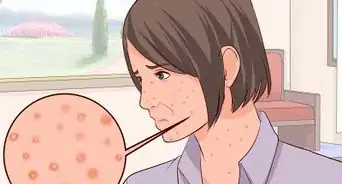

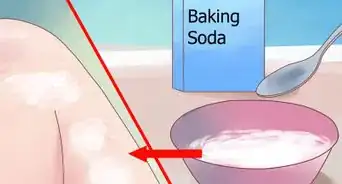

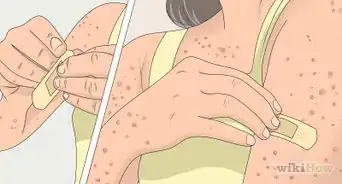
-Step-13.webp)
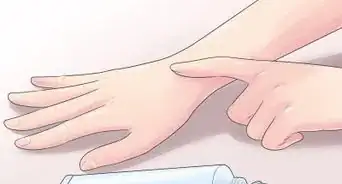
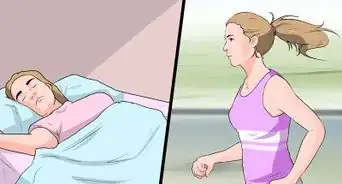
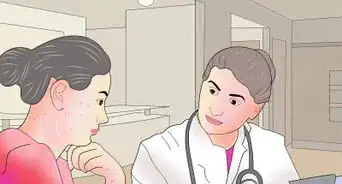
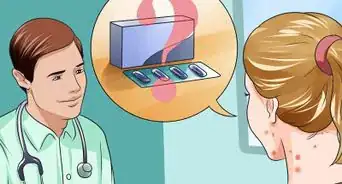











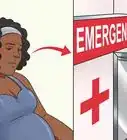

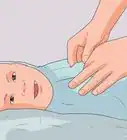
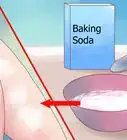



































Medical Disclaimer
The content of this article is not intended to be a substitute for professional medical advice, examination, diagnosis, or treatment. You should always contact your doctor or other qualified healthcare professional before starting, changing, or stopping any kind of health treatment.
Read More...